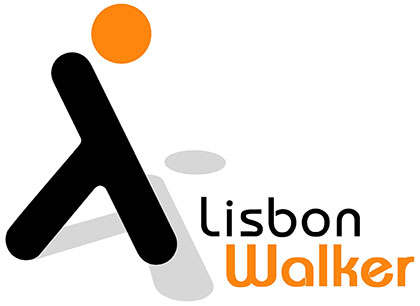
Kate Edgar is a Sr. Manager of Design at Adaptive Path at Capital One, where she has applied service design and systems thinking to launch new coaching-based customer interaction models, develop predictive risk management platforms, and deploy new credit card experience offerings.
A graduate of Carnegie Mellon's School of Design, prior to Capital One Kate brought product strategy, design, and business innovation to Fortune 500 companies, non profits, and government institutions, including Nike, Bill and Melinda Gates Foundation, Microsoft, and The Ministry of Health of Palau. Ask her about starting toilet businesses in Kenya if you want to learn more.
Though her experience has spanned Bangladesh, Panama, Ghana, UK, and Palau, she is most driven by her roots in her native state of Missouri where she currently serves on the Board of Directors for Creative Reaction Lab creating equity-centered designers of the future.
22
14:00 - 17:30
Room 1Workshop
Service Experience Games Design them. Play them. with Gabrielle Parsons
Here's a little secret: your customer knows your business really well. Yep, they know about your siloes. They experience them every time they're asked to repeat their personal information, and during every hand-off, every clunky API, and every communication glitch.
With business incentives tied to customer acquisition, retention, and overall satisfaction, it is no wonder that companies have bought into customer journeys and service blueprints.
These tools promise to smooth everything out, and deliver the coveted "ideal experience.
Hahaha. Good luck with that. Fast-forward 6 months. You've designed whiz-bang journey maps and blueprints. But, nothing has changed? Why not?! Many companies have the best of intentions for improving customer experience, but don't want to go through the pain of fixing their actual business.
"I thought you were designing the Service Experience. Why are you talking about changing our process? Why are you requesting new features? Why are you talking about new tools and process organisation-wide?"
< Insert epic power-struggle here. >
Listen here – you are overstepping merely by doing your job. You can't just redesign, or even tweak, a service without fundamentally affecting the operating model, the underlying processes, and key enterprise systems. That means a lot of change and for a lot of people. Point blank: your blueprint is scary. And can you really blame them for feeling afraid?
Here's your new motto, "Participation leads to buy-in." Change isn't so scary when those affected feel less like the change is happening to them and more like they are actively participating in it. In this situation, you are the service provider. The service you provide is to facilitate other people driving organisational change: team-by-team, process-by-process. This is what will move things forward.
In this half-day workshop you'll:
Learn how to design Service Experience Games to turn power struggles into collaborative relationships. I'll introduce you to the building blocks of game design, and show you how to put them into practice. You'll prototype and iterate Service Experience Games in response to real-life scenarios - helping you to collaborate more effectively with all of the people (and the systems, process, and tools) that have a stake in the success of the Service Experience you are designing.
Our Sponsors and Supporters
-
Organizer:

-
Silver Sponsors:

-

Our Sponsors and Supporters
-
-
Organizer:

-
Silver Sponsors:

-

-
Platinum Partner:
-
Gold Partner:
-
-
-
Silver Partners:
-
Official Carrier:

-
Silver Sponsor:
-
-











